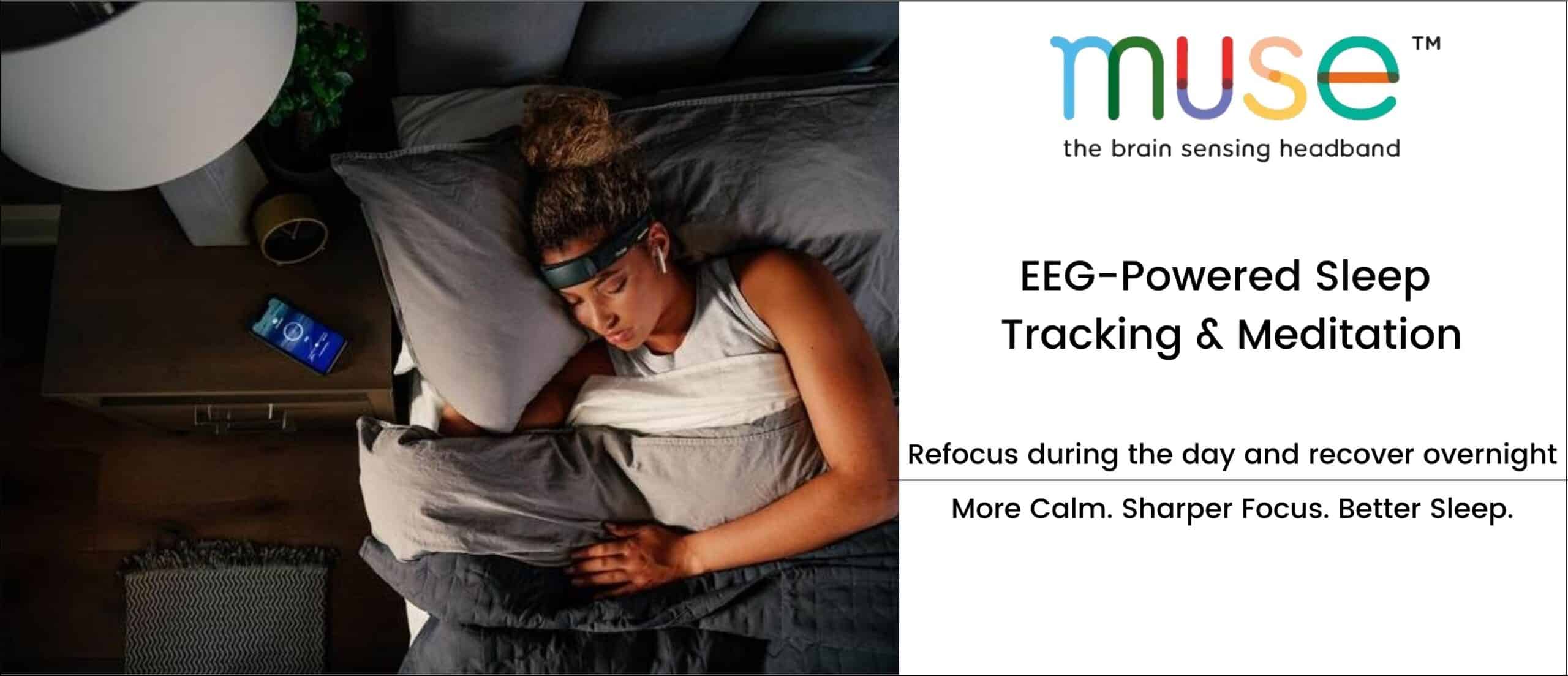By Barbara Krooss –
The habitually tired are increasingly turning their weary eyes to melatonin, a key hormone reputed to help promote better sleep by governing circadian rhythms. And, why not? It makes sense in many ways as animals, plants, fungi and even bacteria use it to regulate biological cycles. Medical students, amusingly enough, are quick to ditch melatonin’s formal moniker—N-acetyl-5-methoxytryptamine— in favor of calling it “the Dracula hormone” because its levels rise at sunset.
Regardless of what it’s called, Melatonin as a sleep aid is big business. The recent 500-percent growth in retail demand in the past two decades certainly underscores this. Currently, more than six million people now rely on it to help them catch elusive Zzzzzs. This demand helped the market spike to $820 million in 2020, a huge jump from the $285 million registered in 2016, EatingWell.com reported.
Rising demand is expected to continue through 2026 thanks to a projected 14.67-percent Compound Annual Growth Rate propelled by increasingly stressful lifestyles, COVID-19 and an aging population.
However, rising popularity doesn’t necessarily mean melatonin is being applied wisely across all demographics. Some argue it is being used inappropriately and excessively, raising particular concerns for elders and children. “It’s a crazy situation that has gotten out of hand,” reported Dr. Judith Owens, president of the International Pediatric Sleep Association.
There is little doubt that Americans suffer from insomnia. Almost 60 million experienced sleep issues in 2021 and a third of all adults aren’t getting the seven hours recommended by The Centers for Disease Control. Unfortunately, melatonin is probably not the answer most seek, except as a placebo. Numerous studies, in fact, found it decreases the time to fall asleep by only 5 to 8 minutes, according to a JAMA Network report.
Its sleep-inducing shortcomings are the result of melatonin not being a soporific drug. It is a chronobiotic hormone. The bottom line is that melatonin doesn’t put people to sleep. Instead, it resets their sleep-wake cycles, helping them with jet lag or adapting to new work shifts. Doctors use it for sleep phase disorders like Delayed Sleep-Wake Disorder and Non-24 Hour Sleep/Wake Disorder in blind adults and for sleep phase regulation in children with severe neurological problems. The National Institute of Health (NIH) has even warned that lengthy use, especially at higher doses, could disrupt delicate hormonal system interactions, including those regulating children’s growth, sexual development and maturation.
Melatonin’s strength is that needs only a few days to reset sleep cycles. Unfortunately, it is often taken inappropriately and in excessive quantities. When it doesn’t work people tend to flood their bodies with more than needed, which can be easy to do.
An individual’s pineal gland produces about 10 to 80 micrograms of melatonin nightly. The recommended starting adult dose is 1 to 3 milligrams two hours before bedtime; children and elders need less. Take too much and the chance of nausea, headaches and daytime drowsiness in addition to drug and hormonal interactions increases.
Medical approval is suggested before use, especially for children and elders. But this advice is often overlooked because unlike in most European countries, the U.S. doesn’t classify melatonin as a drug and is seen as harmless. In addition, production lacks strict U.S. Food and Drug Administration oversight.
The Journal of Clinical Sleep Medicine underscored the potential dangers of this seemingly open-ended U.S. approach to melatonin when it reported that bottles tested contained anywhere from 83 percent to 478 percent of the container’s labeled amount. Beyond this, over a quarter contained serotonin, a potentially harmful hormone.
It shouldn’t be surprising that under these circumstances calls to U.S. poison control centers concerning melatonin ingestion by children rose dramatically to 52,563 in 2021 from 8,337 in 2012. The jarring increase comes in part from young children mistaking melatonin gummies for candy and teens consuming it to sleep, relax or get high.
Fortunately, there is a range of alternative treatments and approaches to insomnia and sleep issues, including Cognitive Behavioral Therapy as outlined by the American Association of Sleep Medicine Clinical Practice Guideline.
But the sweet dreams that so many seek may also be found elsewhere which is why it is essential to work with medical professionals to deal with chronic sleep issues.













